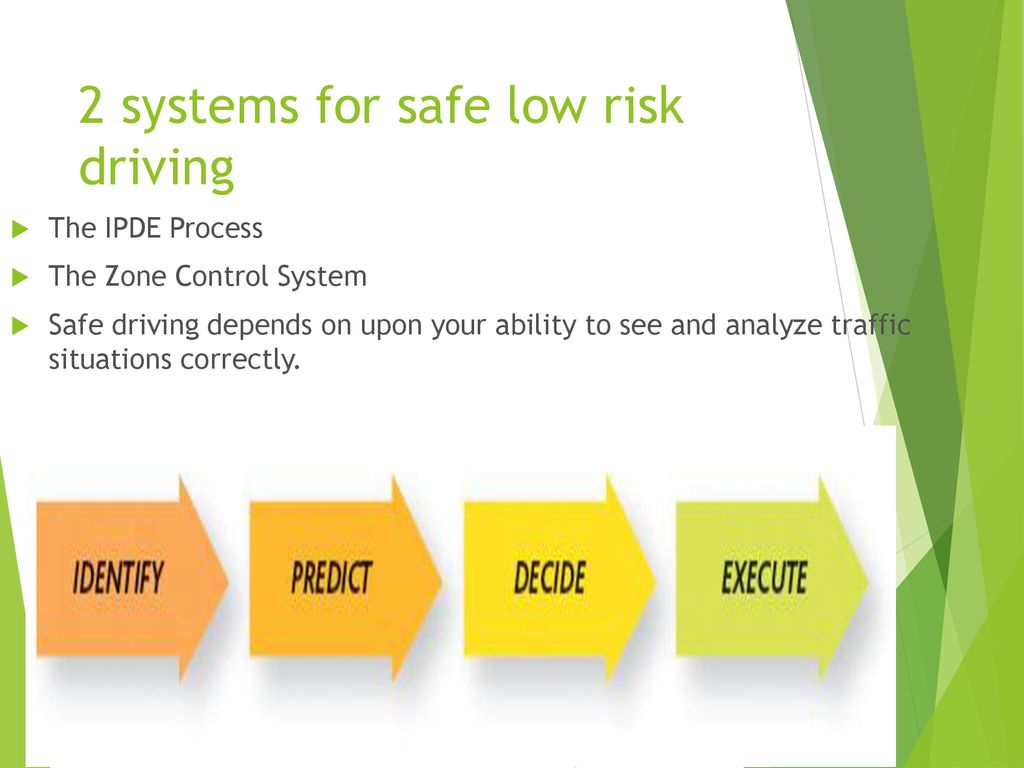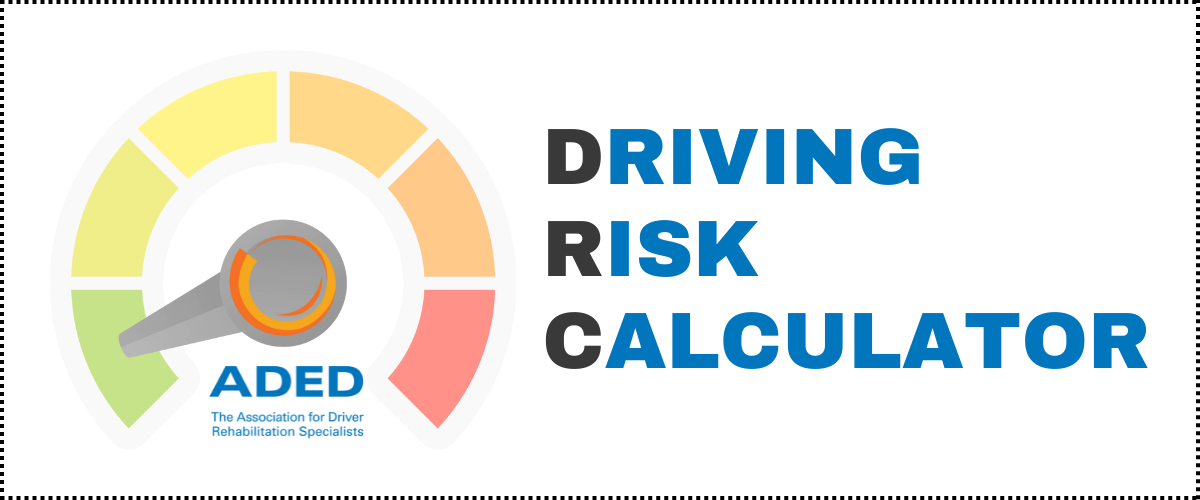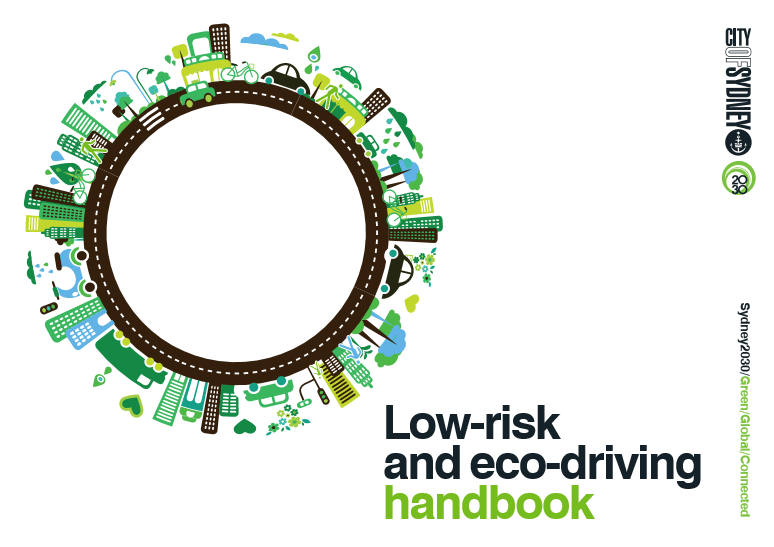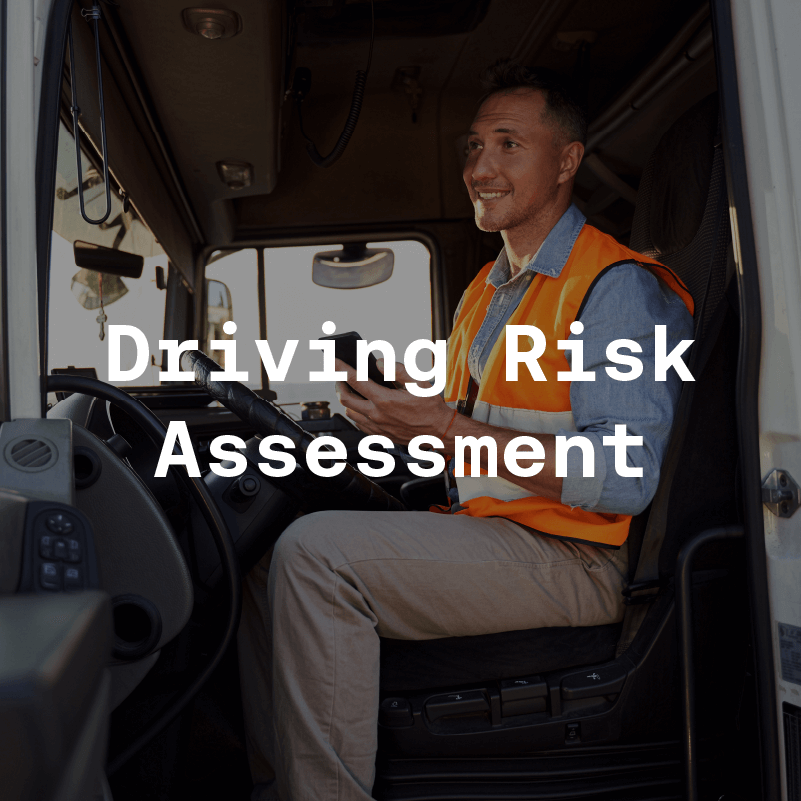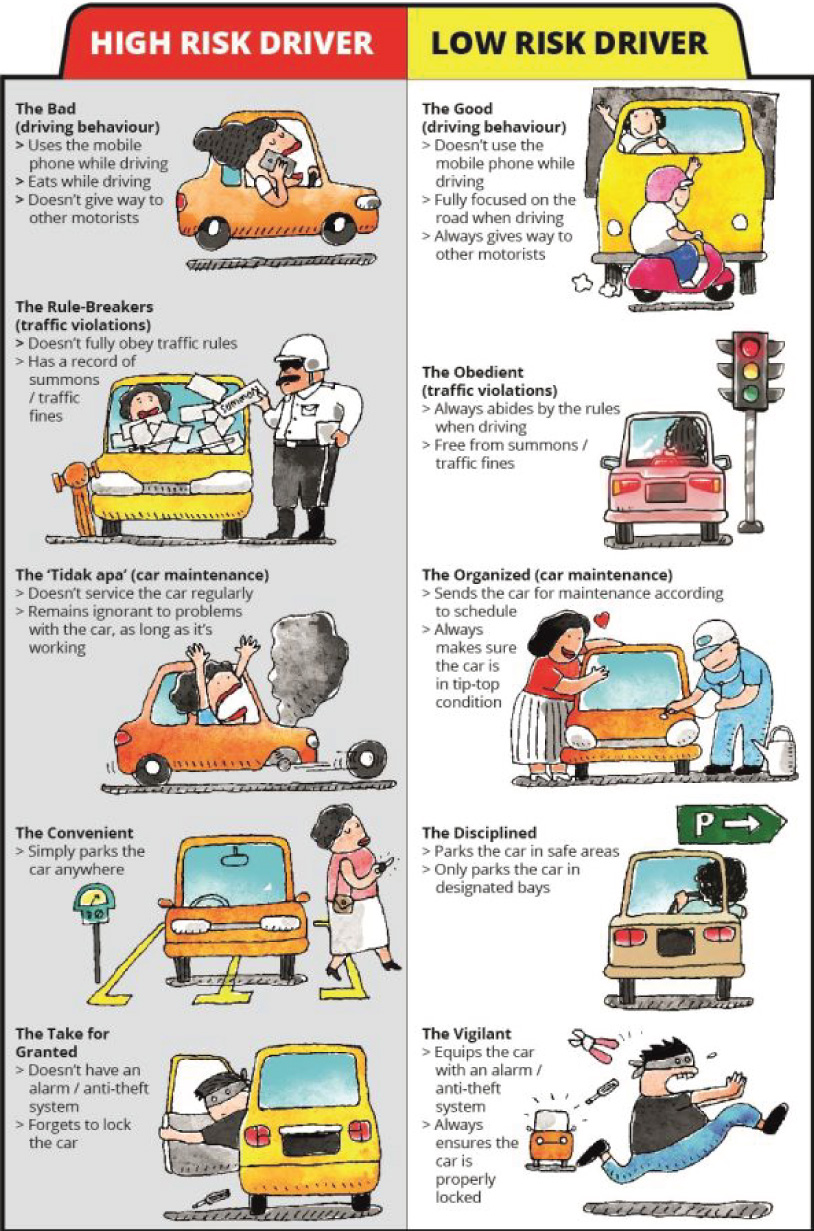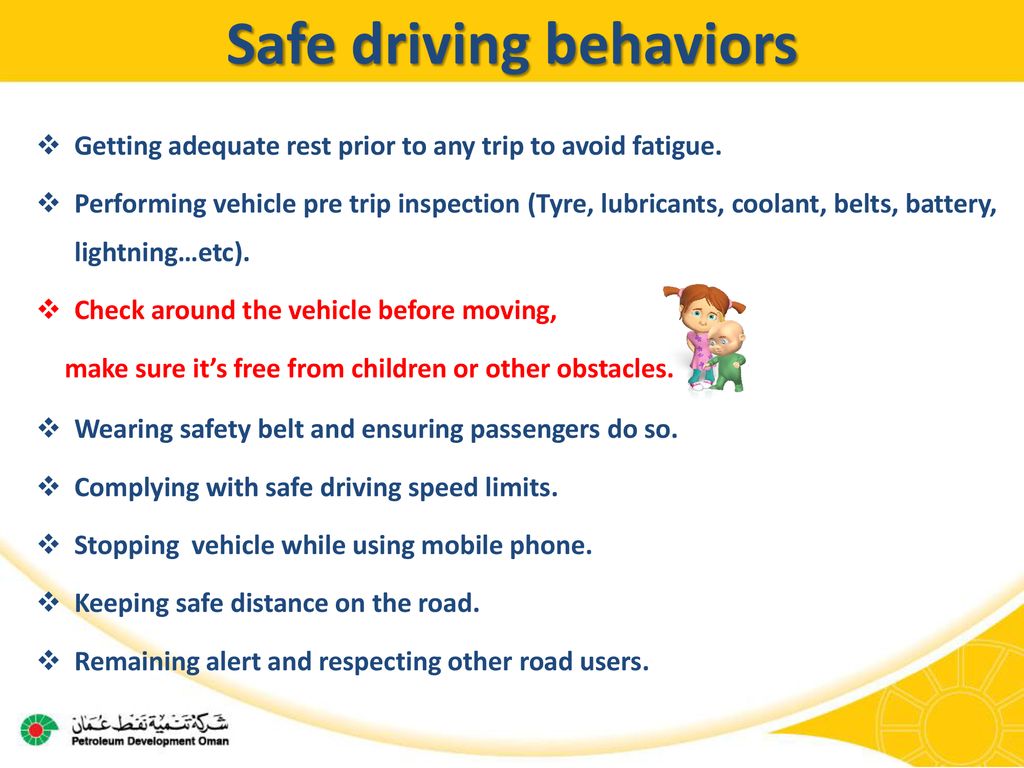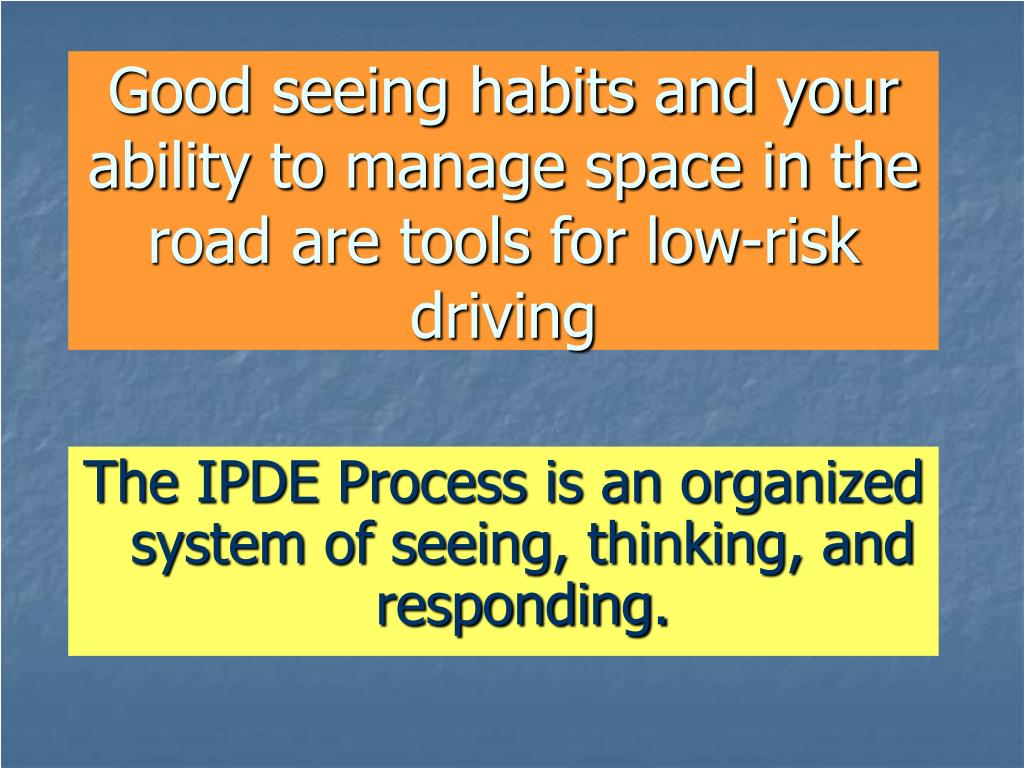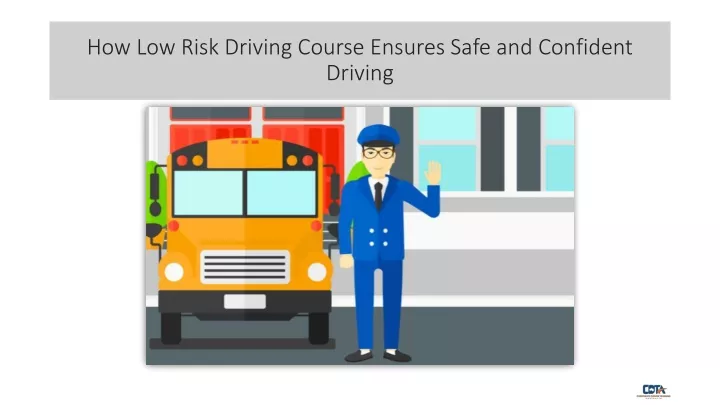Basic Tools For Low Risk Driving Might Be

Imagine a crisp autumn morning, sunlight dappling through the trees as you embark on a familiar commute. The air is cool, the engine hums softly, and the road stretches ahead. But beneath the surface of this idyllic scene lies a complex interplay of factors influencing your safety – factors you can actively manage with simple yet powerful tools.
At its heart, low-risk driving isn't about avoiding roads altogether, it's about understanding and mitigating potential hazards. These "tools" are not physical objects, but rather skills, attitudes, and strategies that, when consistently applied, significantly reduce your chances of being involved in an accident. This article will explore these basic, often overlooked, tools that form the foundation of safe driving habits.
The Foundation: Awareness and Observation
The cornerstone of low-risk driving is unwavering awareness. This begins with vigilant observation of your surroundings – not just the car directly in front of you, but the entire environment.
Scan the road ahead, check your mirrors frequently, and pay attention to blind spots. According to the National Highway Traffic Safety Administration (NHTSA), a significant percentage of accidents are caused by drivers failing to see other vehicles or pedestrians.
Beyond vehicles, be mindful of pedestrians, cyclists, and animals. Anticipate their potential actions and be prepared to react accordingly. Factors like weather conditions, road surfaces, and traffic density should always inform your level of awareness.
Maintaining Space and Time
Following distance is crucial. The commonly cited "three-second rule" provides a minimum buffer, but this should increase in adverse conditions or with larger vehicles.
Giving yourself ample time to react allows for smoother, safer maneuvers. This buffer is your personal safety net, providing the precious seconds needed to avoid a collision.
Manage your speed appropriately. Adjusting your speed to match road conditions and traffic flow is not just courteous, it's a critical component of low-risk driving. Excessive speed reduces reaction time and increases the severity of potential accidents. The Insurance Institute for Highway Safety (IIHS) consistently highlights speed as a major contributing factor in fatal crashes.
Cultivating the Right Mindset
Driving is not just a physical task; it's a mental one. A calm, focused, and responsible mindset is essential for low-risk driving.
Minimize distractions. Put away your phone, avoid eating or drinking while driving, and limit conversations that divert your attention. Even hands-free devices can be distracting, as they still require cognitive processing.
Manage your emotions. Anger, frustration, or impatience can cloud your judgment and lead to risky behavior. Practice patience and focus on maintaining a calm and controlled demeanor behind the wheel.
Defensive Driving Techniques
Defensive driving is a proactive approach that anticipates potential hazards and prepares you to react safely. It involves assuming that other drivers may make mistakes and planning accordingly.
One key defensive driving technique is to anticipate the actions of other drivers. Be prepared for sudden lane changes, unexpected stops, or drivers running red lights. This isn't about being pessimistic; it's about being prepared.
Another important aspect is effective communication. Use your signals clearly and well in advance to indicate your intentions to other drivers. Avoid sudden or erratic maneuvers that could confuse or endanger those around you.
Vehicle Maintenance: A Preventative Measure
Ensuring your vehicle is in good working order is a proactive tool for safe driving. Regular maintenance prevents mechanical failures that could lead to accidents.
Check your tires regularly for proper inflation and tread depth. Worn tires reduce traction and increase the risk of skidding, especially in wet conditions.
Maintain your brakes, lights, and fluids. Faulty brakes are a leading cause of accidents, while properly functioning lights ensure visibility, and adequate fluid levels keep your engine running smoothly.
The Power of Education and Continuous Improvement
Investing in driver education and continuously seeking to improve your skills is a commitment to safety. Consider taking a defensive driving course or refreshing your knowledge of traffic laws.
Technology continues to evolve, with new safety features constantly being introduced in vehicles. Stay informed about these advancements and learn how to use them effectively. These features, such as automatic emergency braking and lane departure warning systems, can provide an extra layer of protection.
Be open to feedback and self-reflection. Analyze your driving habits and identify areas where you can improve. Even experienced drivers can benefit from a fresh perspective.
A Shift in Perspective
Low-risk driving isn't about restricting your freedom or making driving less enjoyable. It's about approaching the task with a heightened sense of awareness, responsibility, and preparedness.
By adopting these basic tools – awareness, observation, mindful driving, defensive techniques, and proactive vehicle maintenance – you transform from a passive driver into an active participant in your own safety. You become a driver who anticipates risks, mitigates hazards, and consistently makes choices that prioritize safety above all else.
The benefits extend beyond your own well-being. By practicing low-risk driving, you contribute to a safer environment for everyone on the road. It's a ripple effect – one driver's commitment to safety can influence the behavior of others and create a culture of responsibility.
Embracing these "basic tools" requires a shift in perspective, a conscious decision to prioritize safety in every driving situation. It's a commitment to continuous improvement, a recognition that even the most experienced drivers can benefit from refining their skills and sharpening their awareness. And ultimately, it's a powerful reminder that the most important tool for low-risk driving resides within each of us: a commitment to responsible and mindful behavior behind the wheel.



